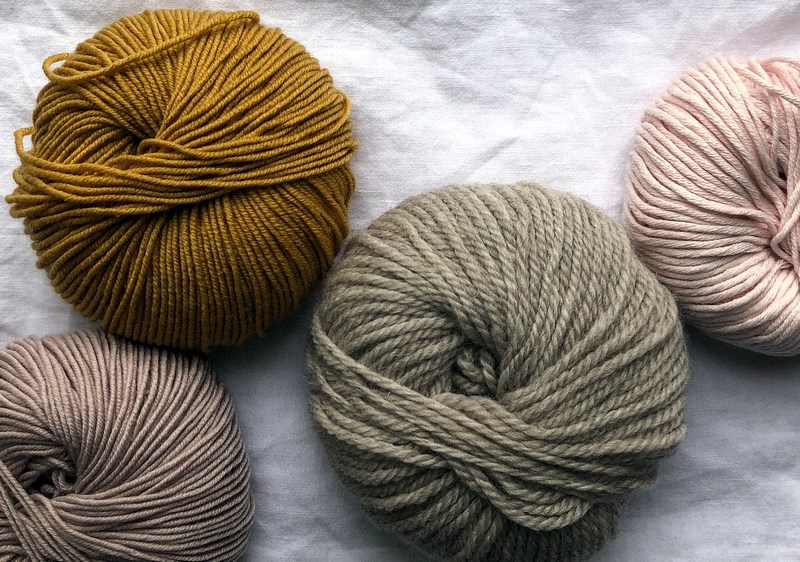SPENCER, W.Va. — Before commercial dyes became readily available to mountain people in West Virginia, homespun yarn was colored with natural materials that could easily be obtained in the woods near any farm.
The hulls of walnuts and butternuts were perhaps the most common. Both yielded a dark brown color, which could be rendered almost black if the hulls were steeped in boiling water for a long time. The use of butternut for this purpose was so common that the word came into use as a slang term referring to rough country folk.
The bark and roots of the walnut tree could be used similarly. To prepare the dye, walnut hulls, bark, or roots would be boiled until the desired color was obtained, then the material, the yarn, or even the raw wool itself, would be added and left until the color had taken.
Sometimes, a mordant was used to set the color so that it would not fade, although this was not necessary with walnut dye, as it was usually rather permanent. Vinegar or salt were some of the common mordants used.
To obtain an orange-yellow color, gray moss, often found growing on apple trees, was boiled until the desired color was obtained. A stronger color could be made by adding more moss. The dye was then strained, and the material or thread was put in until the color had been taken. Five cups of salt for two gallons of moss were used as a mordant.
A similar color could be obtained by using wild broom straw. A large quantity of straw was boiled in a big pot with the material until the color had taken. Salt was used as a mordant.
Yellow could be made from hickory bark. This bark flakes off the tree easily, and large quantities can be obtained by simply pounding on the tree trunk with a club. It was boiled with the material or thread, and alum or potassium bichromate was added for a mordant.
Some women found it expedient to put the bark in a flour sack and place the sack in the water before boiling to avoid having to strain foreign matter from the solution before doing the actual dying. It was said that bark obtained when the sap was up made better dye, as the color was much brighter. Yellow could also be obtained from the following sources: dye weed, coreopsis flower, yellow root, and oak bark.
To obtain blue, indigo root was often cultivated. It had to be placed in barrels of water and left long enough to ferment. A substance would finally settle to the bottom of the barrel, and it was this material that formed the dye. It was not boiled but mixed with water and heated. Then, the material was dipped in it. A more straightforward method was to use maple bark. It was boiled with copper, and the material was added. Galls from the stems of ragweed or any other plant also provided blue dye.
Madder was cultivated to make red dye. The roots were ground to powder and boiled with the material until the desired color had taken.
Pokeberries also made a brilliant red. They were first boiled, then the material was added. Blackberries and other fruit made less brilliant shades. Red clay could also be used to make red. It was placed in a cloth bag, boiled in about 10 gallons of water, and then removed. The water, by that time, had taken on the orange-red hue of the clay, and material dipped in it would become the same color.
Poke roots, to which salt had been added as a mordant, made a deep purple color.
Green oak leaves, to which salt had been added, made green. The leaves were boiled with the material for an hour or more. Another way of making green was to dye the material yellow and then dye it blue.
Sign up to receive a FREE copy of West Virginia Explorer Magazine in your email weekly. Sign me up!


